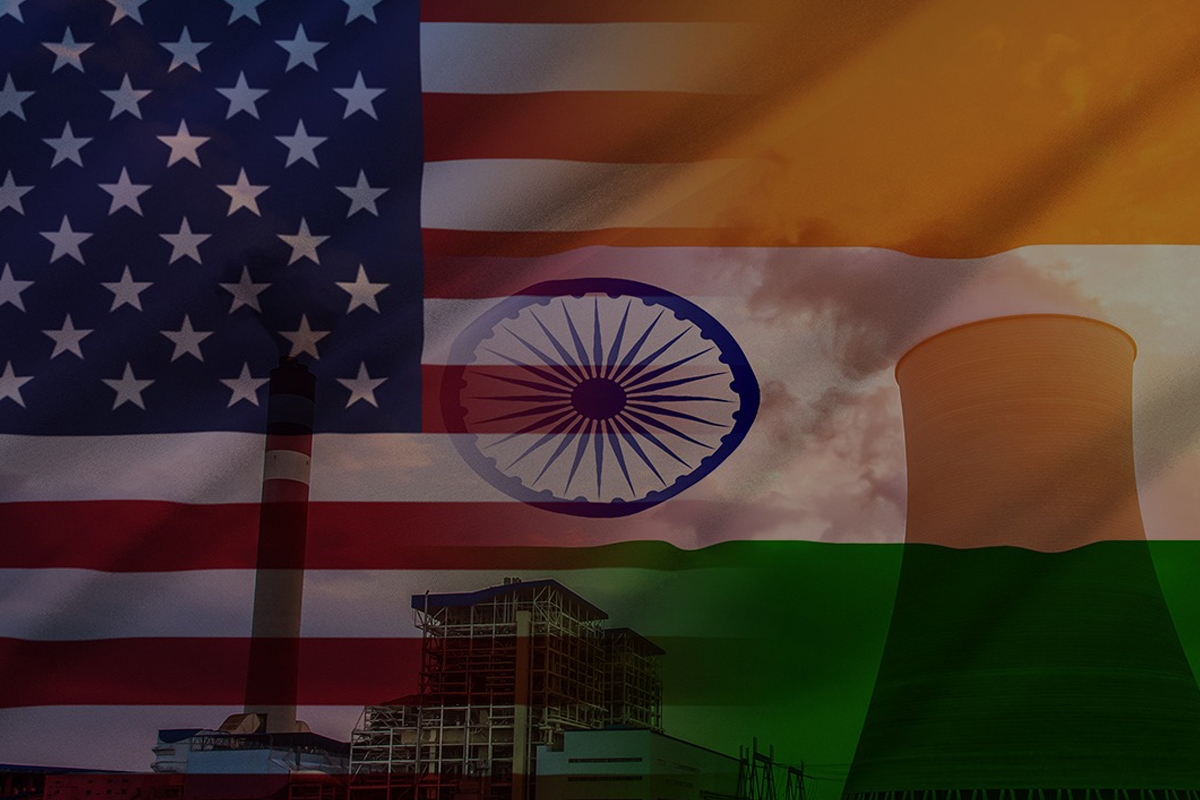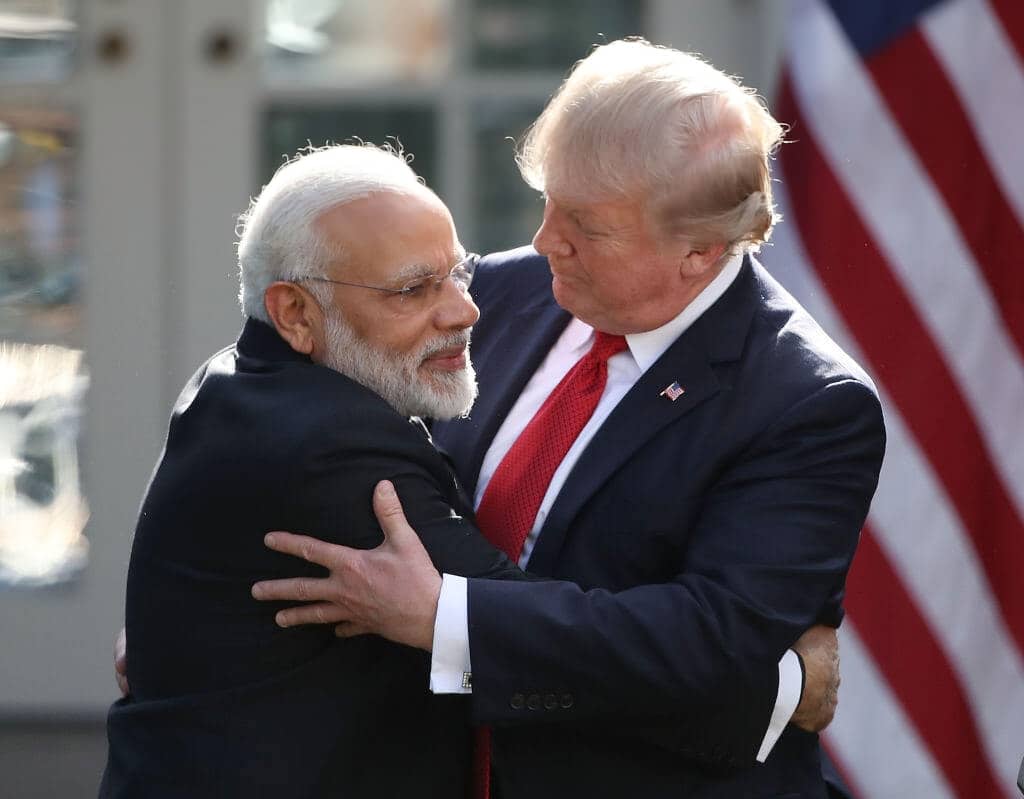India-US nuclear deal continues to have an impact
October 10 marked 14 years of the landmark US-India Civilian Nuclear Cooperation Agreement, better known as the ‘US-India Nuclear Deal’. The deal was correctly hailed as a watershed moment in India-US relations, marking the departure from a somewhat lukewarm and even adversarial relationship to the warm glow of strategic partnership.
The deal, though politically turbulent for the UPA government, waived the rules of the Nuclear Suppliers Group to end a 34-year ban on nuclear trade with India. In layman’s terms it meant that a country known to possess nuclear weapons as allowed to buy and sell nuclear fuel and technology for civilian purposes without having to join the Nuclear Non-Proliferation Treaty or take apart its nuclear arsenal.It implied that the world viewed India as a responsible nuclear weapons state.
That’s how India went on to sign nuclear cooperation agreements for peaceful means with France, Russia, Canada, Argentina, Australia, Sri Lanka, the UK, Japan, Vietnam, Bangladesh, Kazakhstan and Korea. Following that, there were uranium import agreements with France, Kazakhstan, Australia, Canada and Russia. According to responses to questions in Parliament, India imported more than 7841.51 metric tons of nuclear fuel from 2008-2009 to 2017-18 alone.
The deal is often wrongly seen as one to merely build new nuclear reactors. While that was certainly one of its aims, it has helped fuel domestic power plants and given India access to critical technologies. There has been a lot of newsprints devoted to why so many of the plants envisaged either didn’t take off or were delayed but, in my view, the deal achieved its real-yet-unstated goals. They were to deepen India-US trade and defence ties, further open up the Indian economy and shift India’s foreign policy closer to the US. In other words, make India and the US true strategic partners.
The journey from nuclear pariah to strategic partner has been profound. Take defence, for instance, India agreed to purchase 126 fighter aircraft from the US while the US agreed to amend Section 123 of its Atomic Energy Act to permit nuclear trade with India. So, it was a ‘126 for 123’ swap.
India’s weapons programme has stayed under wraps, without it being subject to external inspections, and it is free to import nuclear reactors, technology and fissile material like uranium. In return, India has separated its civilian nuclear facilities from defence ones and opened up the former to inspections by the International Atomic Energy Agency.
All this resulted in a subtle nudge to India-US trade, which has flourished. From a mere $32 billion in 2006, bilateral trade has grown to $119.42 billion today, making the US India’s largest trading partner – ahead of China. There were other attendant benefits: red tape was reduced in order to make it easier for foreign firms to do business in India and foreign direct investment continues to rise year on year.
Now, a word on foreign policy. It’s true that not every initiative of the US has found support in India but there have been significant gains. For instance, India has improved relations with Israel and cooperated silently in isolating Iran – both of which are high-priority for the US. Though the Quad grouping with the US, Japan and Australia, India is tacitly backing Washington’s pivot toward Asia.
So, from the point of view of the underlying aims of the agreement, the deal has been a resounding success. With COP 27 just having been held and the world’s focus firmly on cleaner energy and reducing emissions, it is my belief that even nuclear power plants will be in the spotlight – along with other sources like solar and wind.
The deal made big news when it was signed but, as you can see, 14 years on it has proved to have a long tail.



